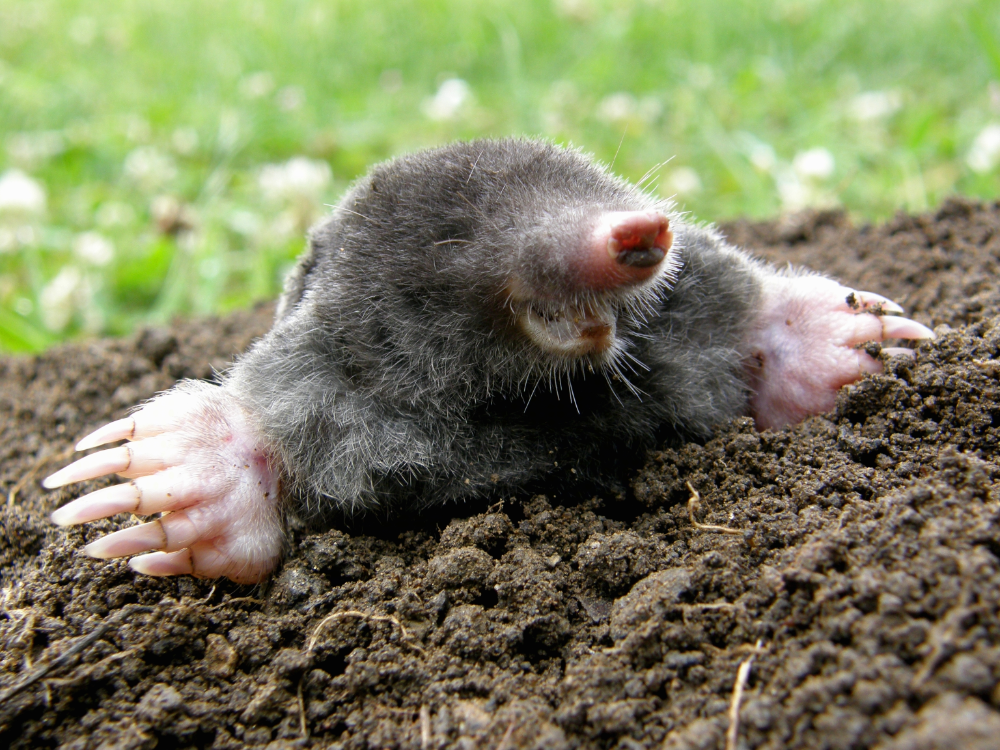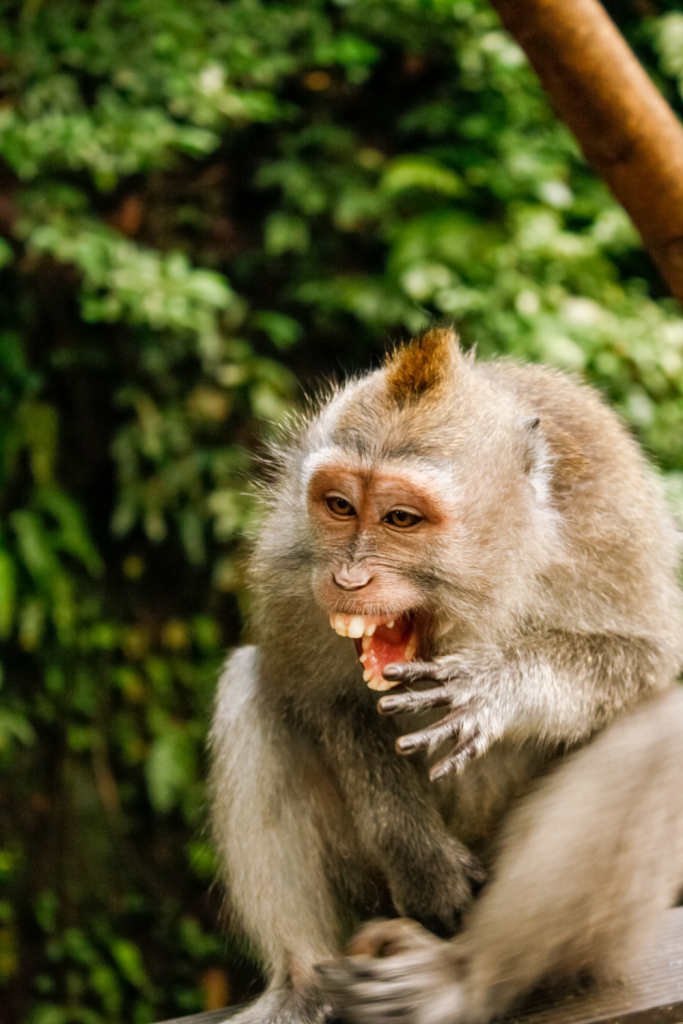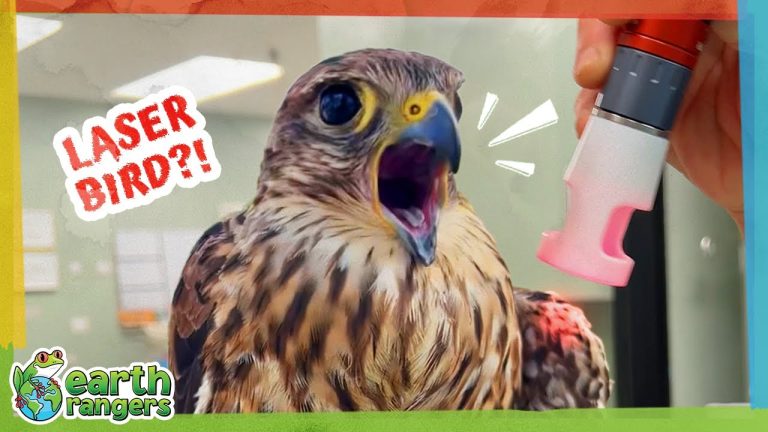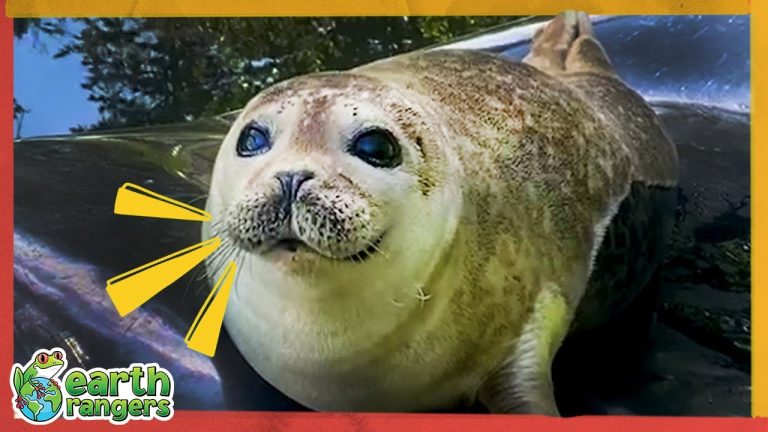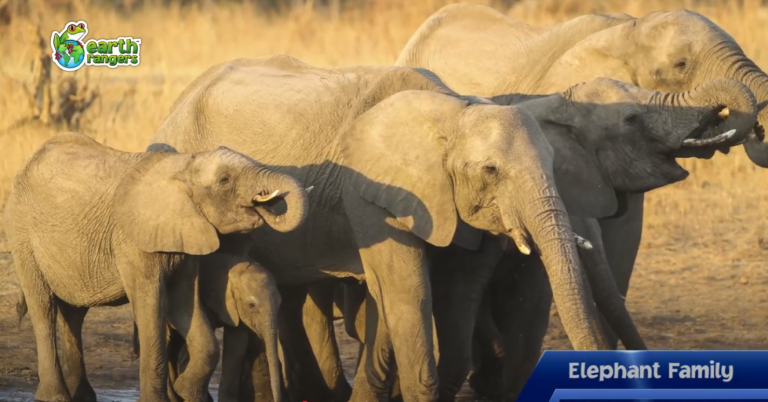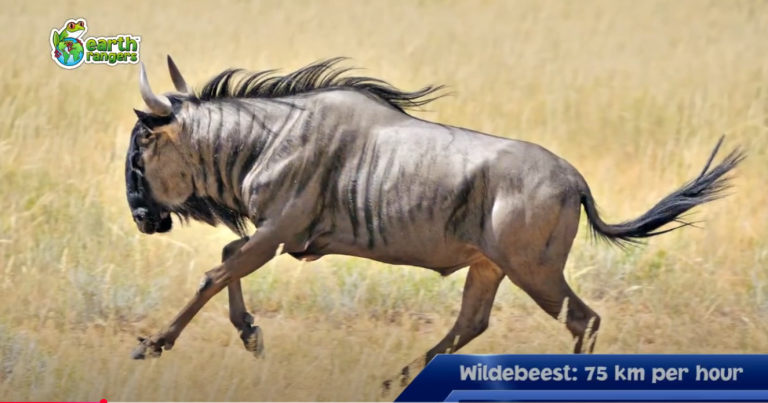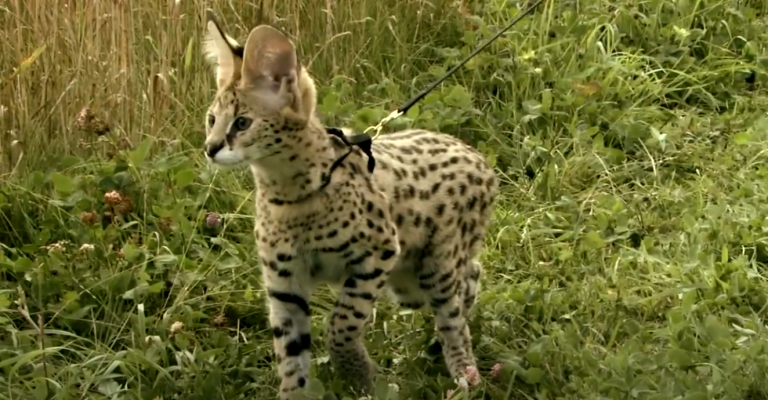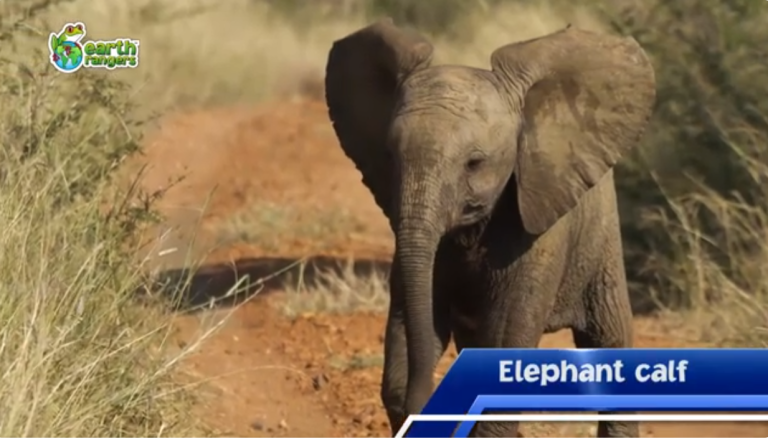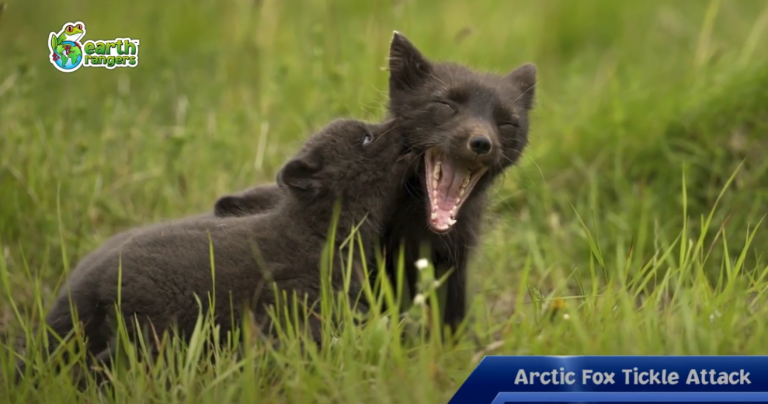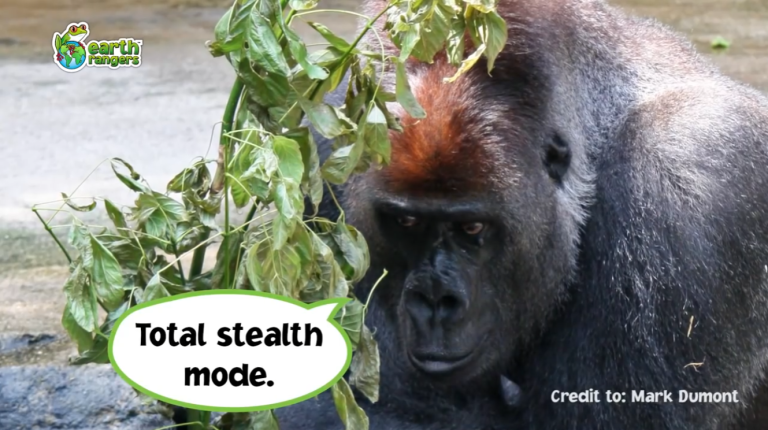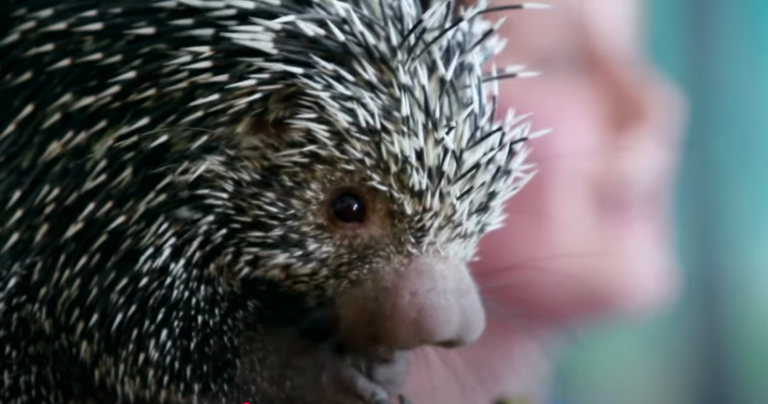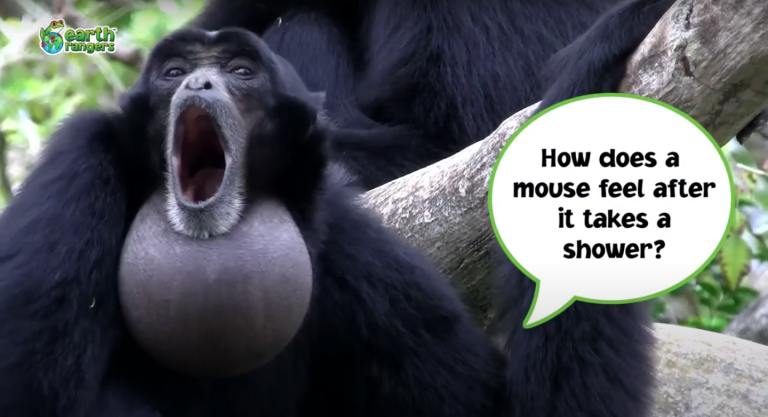Phoebe the merlin falcon broke her wing and it didn’t heal right. Now it hurts whenever she tries to fly. But don’t worry — some honourary Earth Rangers have a plan to help…LASERS! Pew! Pew! Special thanks to our friends at Busch Wildlife Sanctuary. This story is made by Earth Rangers and for Earth Rangers – people who love animals and want to help them.
Baby Seal Loves His Bath Mat And…A GIANT GREEN BRAIN?!
When heroes and honorary Earth Rangers from Seal Rescue Ireland saved Spruce, the baby seal, they were worried that he’d never grow big enough to go back to the wild. But Spruce was determined! And after months of fish school, heated bath mats, and one…giant green brain…Spruce was finally ready to go home to where he belongs: the wild ocean! Special thanks to our friends at Seal Rescue Ireland.
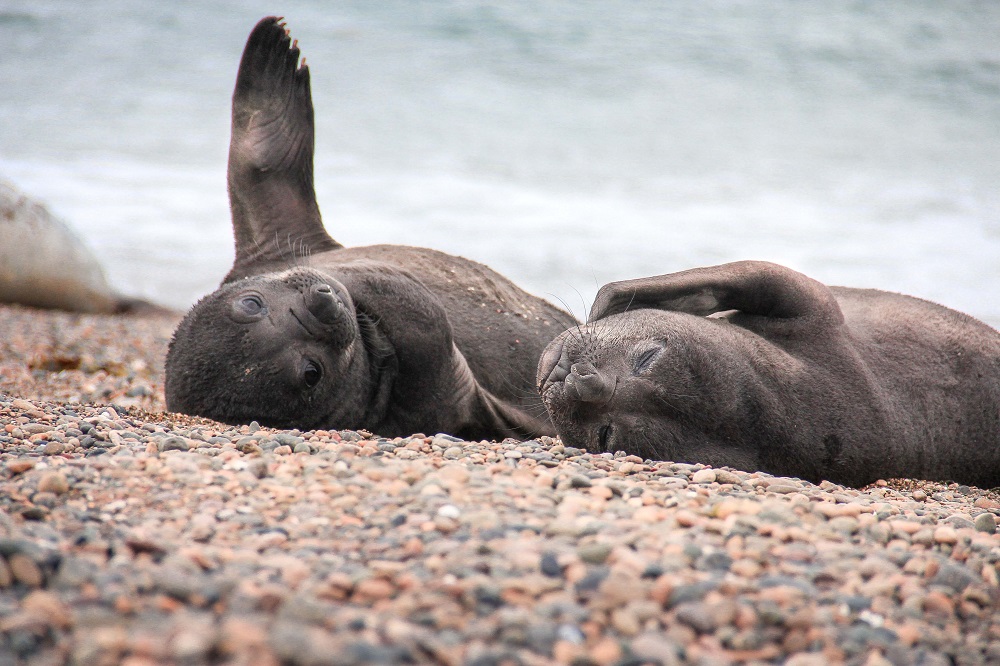
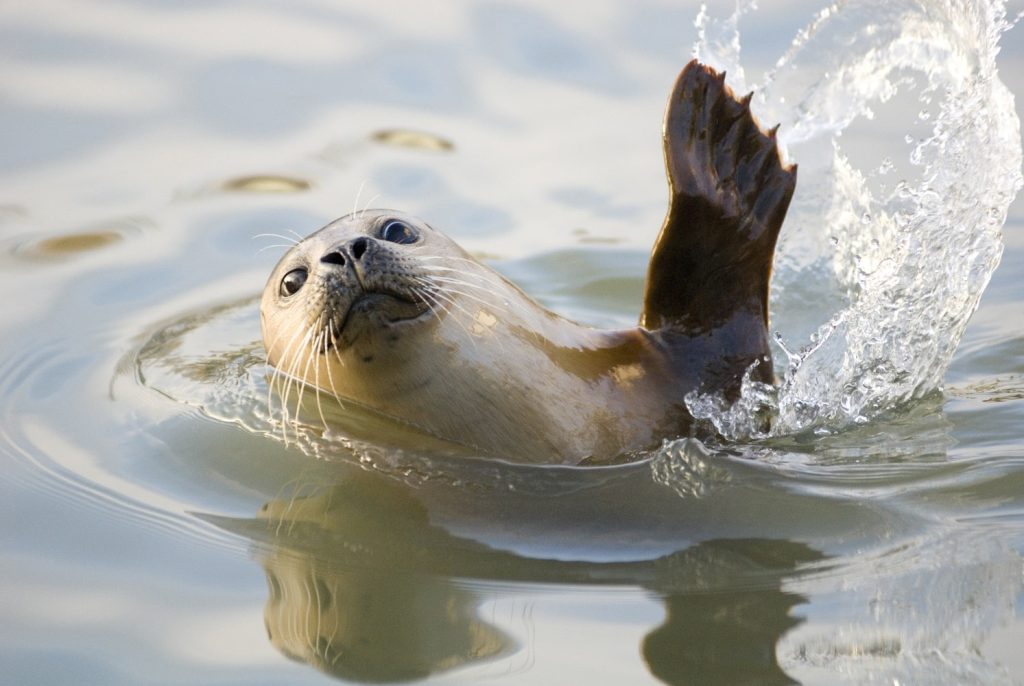
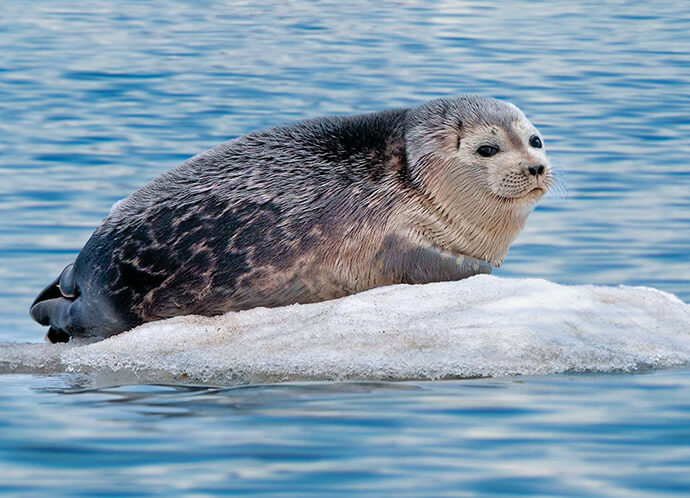
We love seals! What did you think of Spruce’s story?
Top 10: Animal Families
There’s nothing like spending quality time with the family… and the animals in this video couldn’t agree more! Check out some truly adorable family photos. You’ll see a mama bear and her cubs, a loving gorilla and her baby, and a whole herd of elephants! It’s a big ol’ family reunio,n and you’re invited!
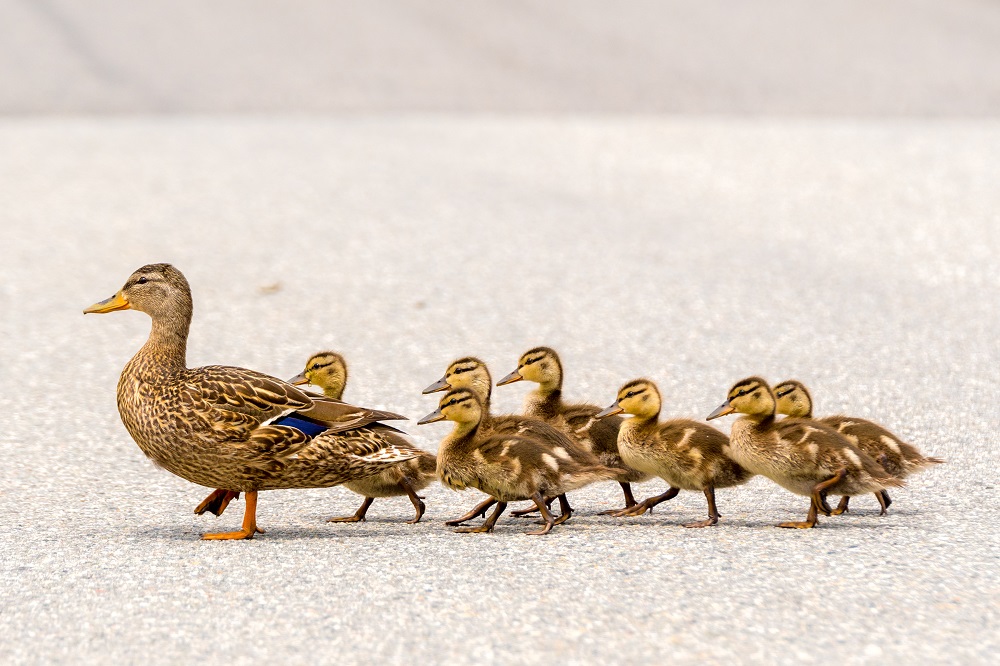
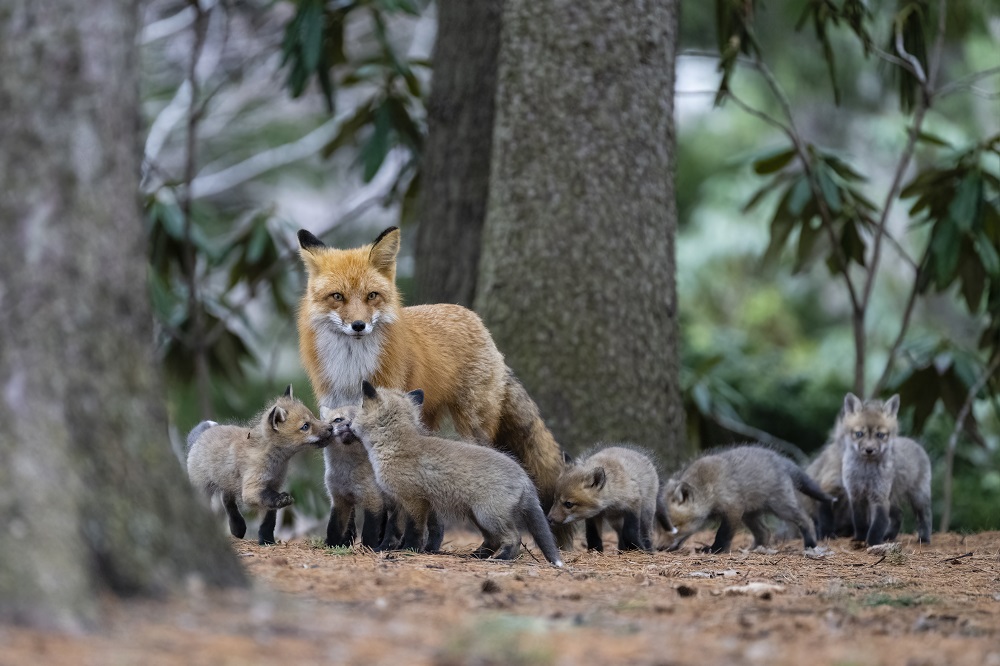
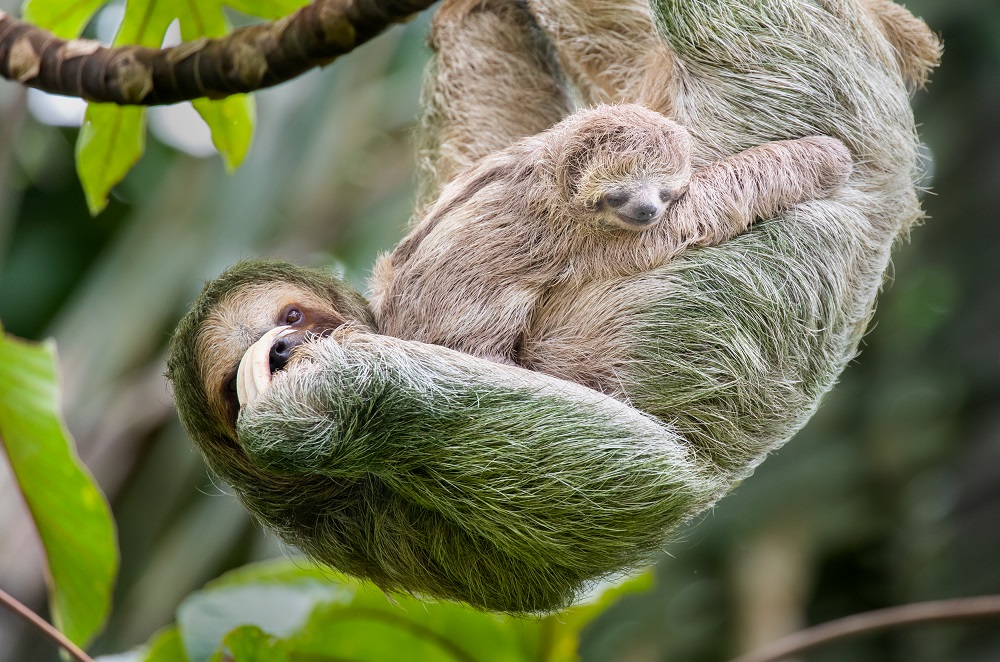
If your family were represented by animals, what would they be?
Top 10: Animals That Can Outrun You
Cheetahs are known for being the fastest land animals, but they’re definitely not the only speedy creatures in the world! Check out this top ten list that includes racing stars like lions, pronghorns, ostriches, gazelles, and zebras!
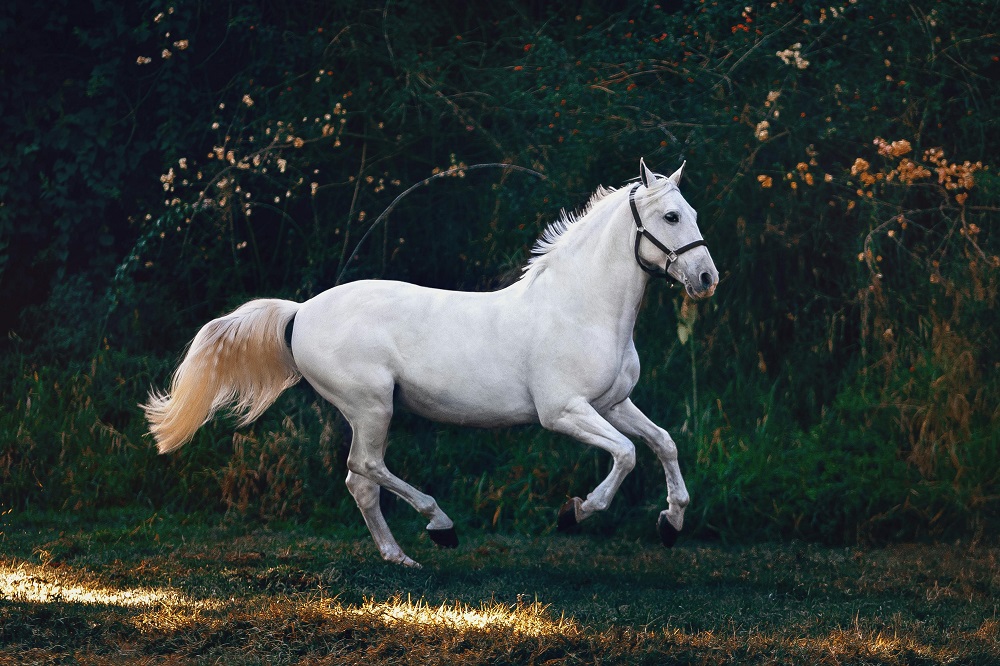
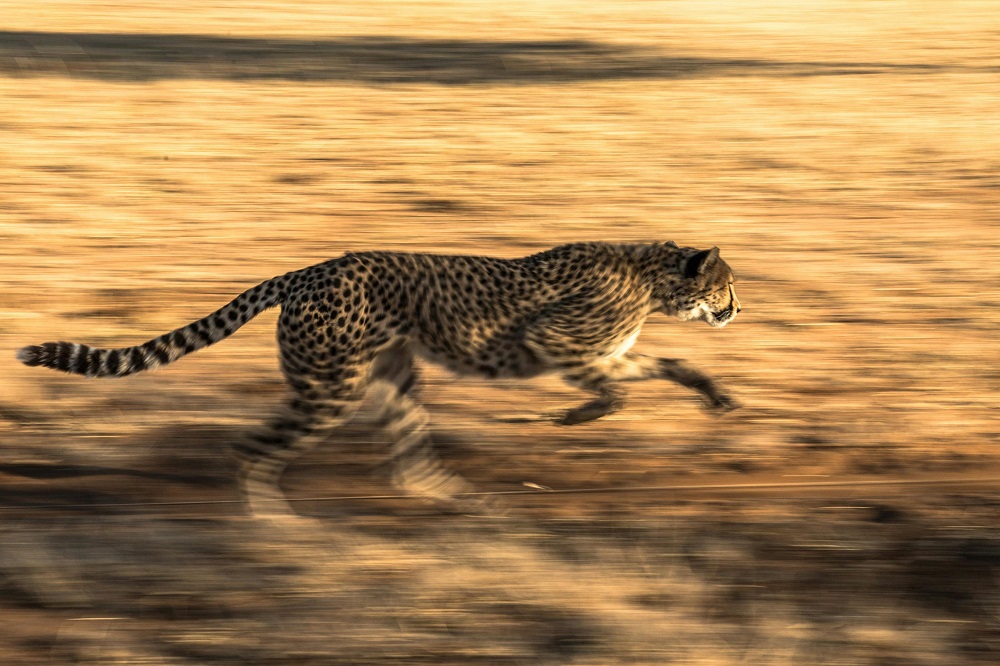
If you could be a super-speedy animal, which one would you choose?
Meet Sammy the Serval!
Oh, hi! My name is Sammy and I’m a serval. I’m an agile hunter, thanks to my excellent hearing and vision. Serval are originally from Africa, but I’m lucky enough to be an Animal Ambassador here at Earth Rangers HQ. In this video, I’m taking a walk with my trainer and I’d love it if you joined us!
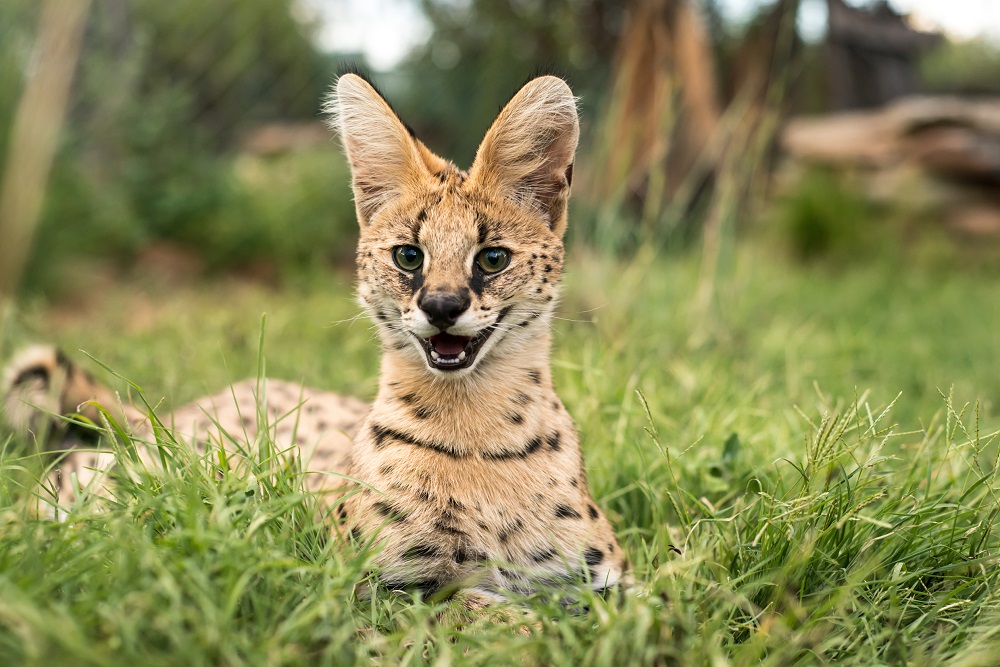
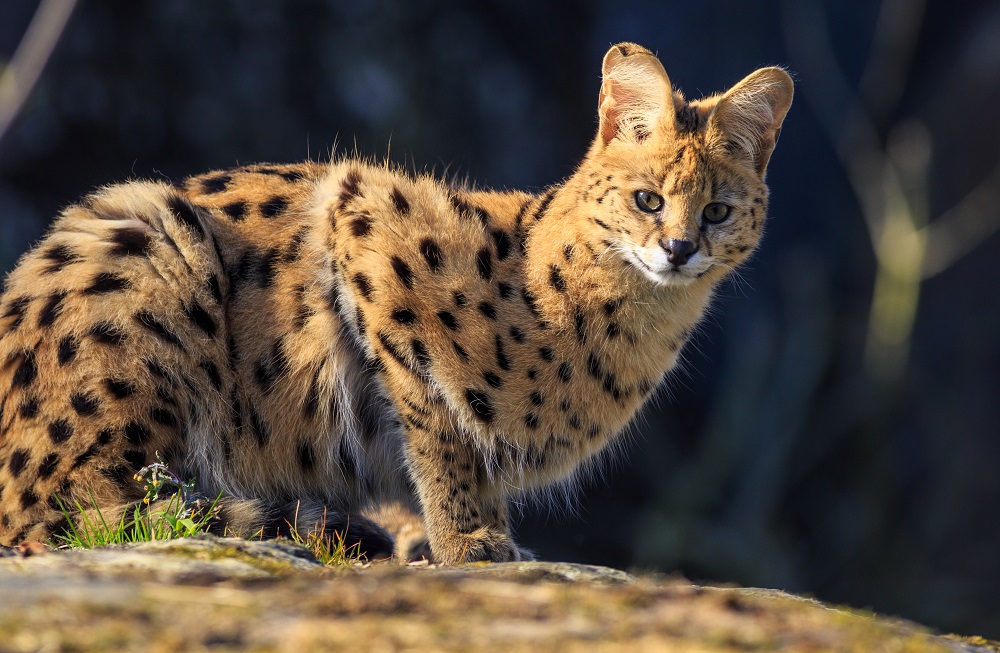
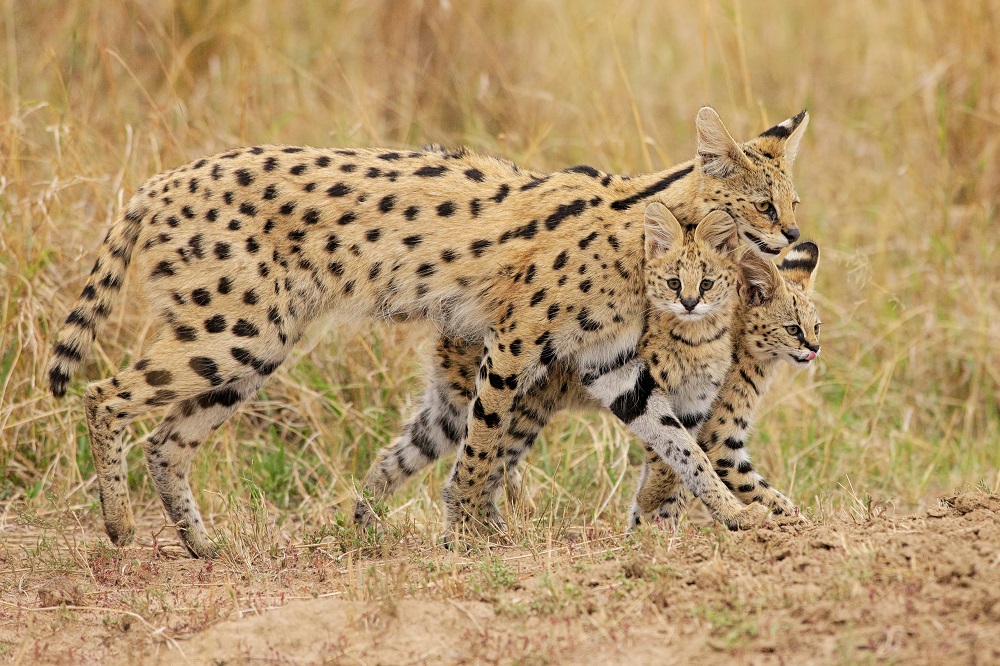
Which feline (wild or domestic) is your favorite?
Top 10: Cutest African Animal Babies
Have you ever seen a baby giraffe? Check out those furry little ossicones! How about a teeny tiny rhino? Or a wee zebra? Get ready to say “AW!” an awful lot when you watch this absolutely adorable baby album of cute critter pictures!
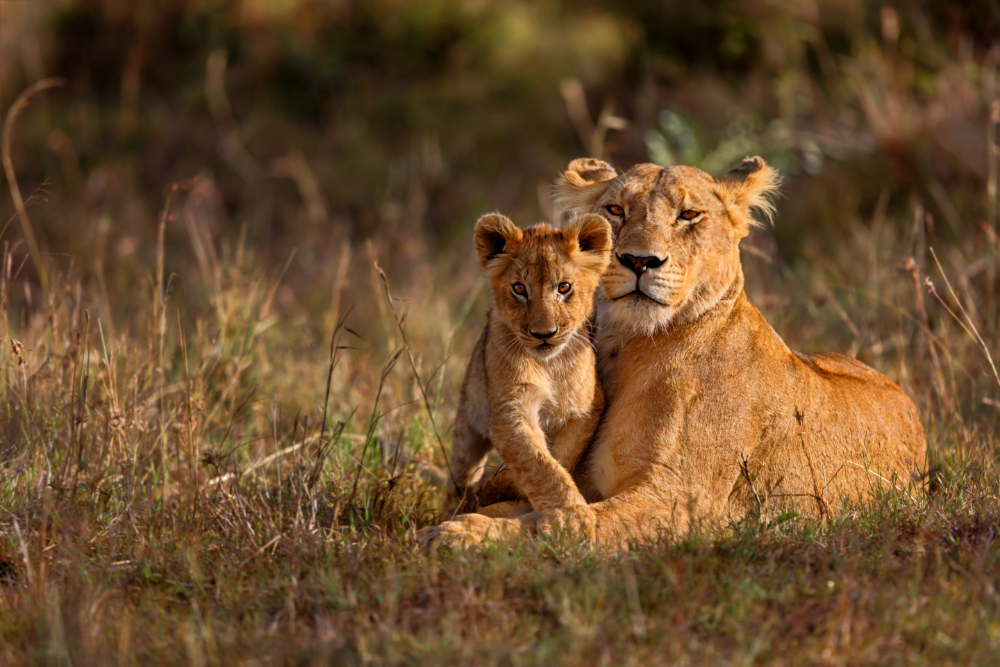
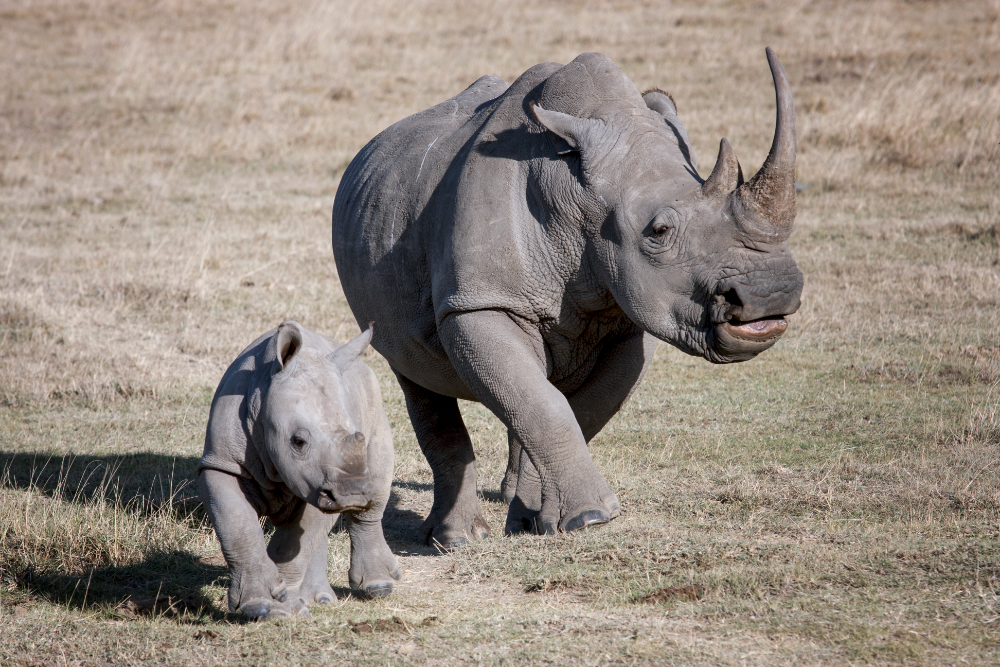
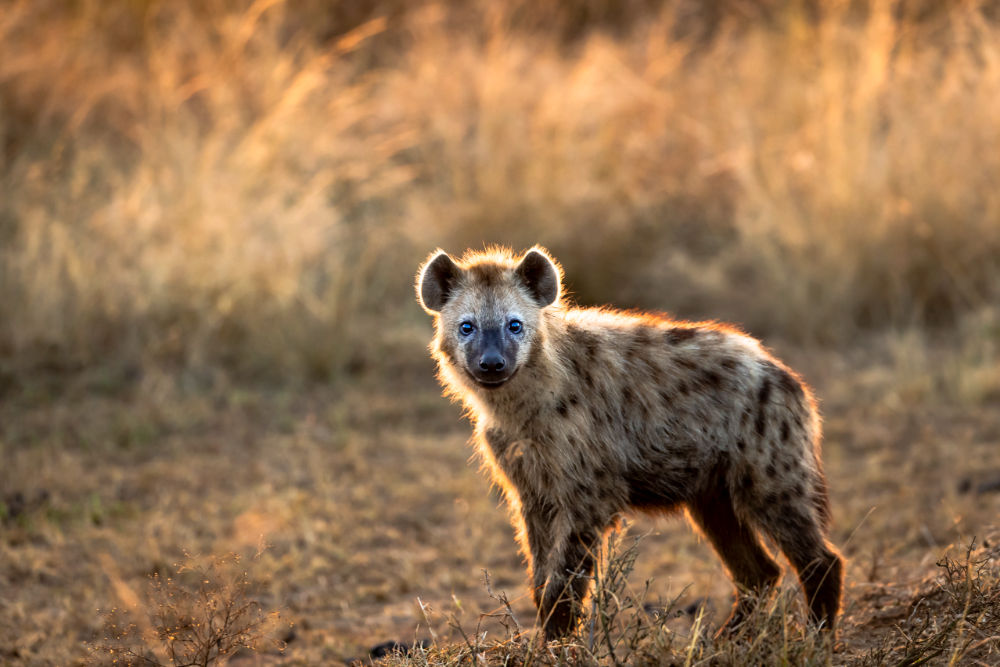
What’s your favorite baby animal?
Top 10: Animals Playing Games
Kids aren’t the only ones who enjoy playing games…these animals are also ready for some fun! Whether you’re a stallion leaping through the air, an elephant wallowing in mud, a brown bear taking a swim or a lynx that enjoys a game of pumpkin-ball, these party animals know how to have a good time!
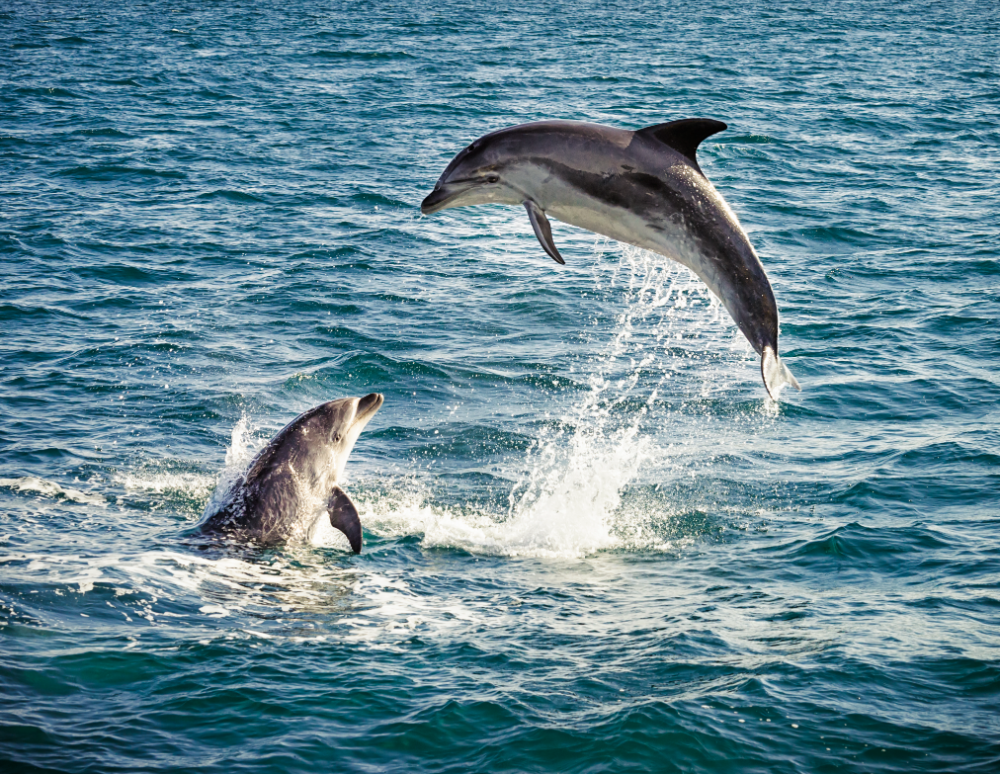
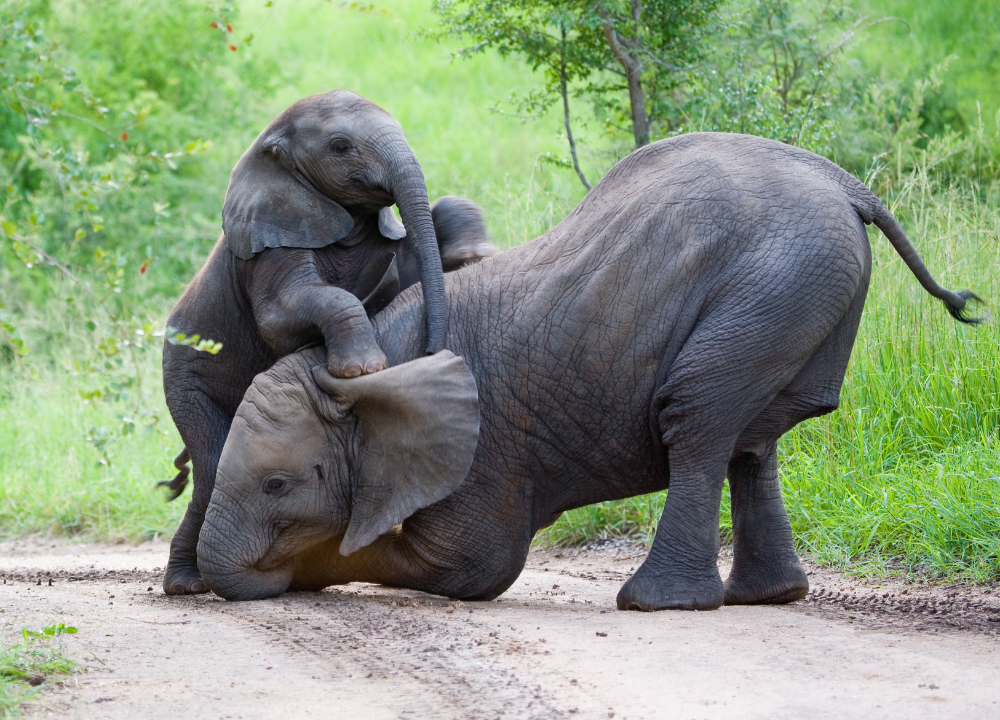
What’s your favorite game to play with your pet?
Top 10: Worst Animal Hiding Spots
Some animals bring their A game when they play hide and seek – camouflage is their specialty! Other animals, however, seem to have forgotten the rules of the game! See if you can spot the animals ‘hidden’ in this video – we promise, it won’t be hard!
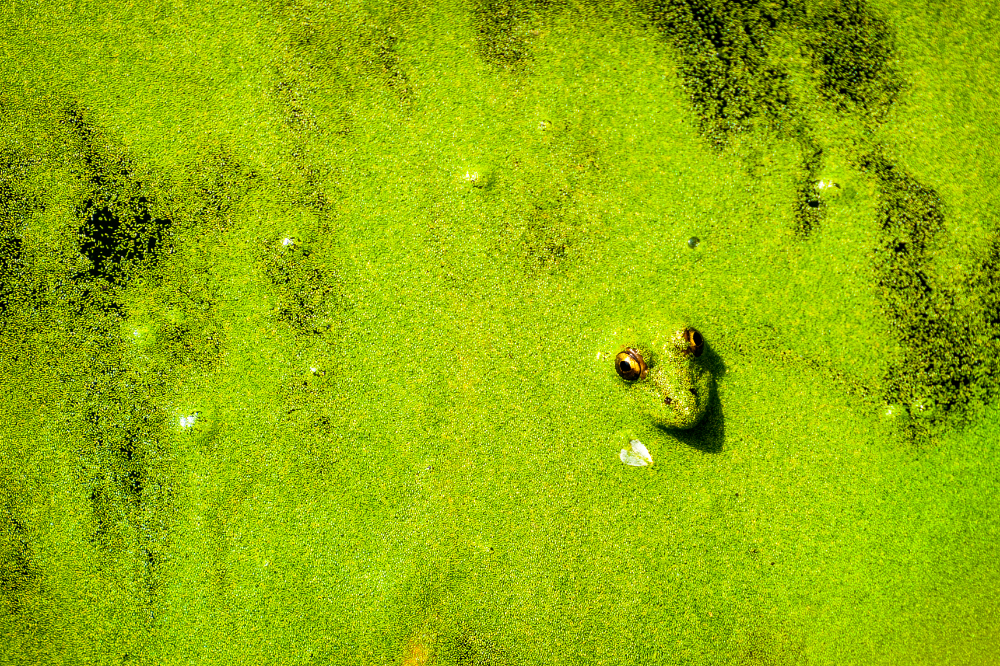
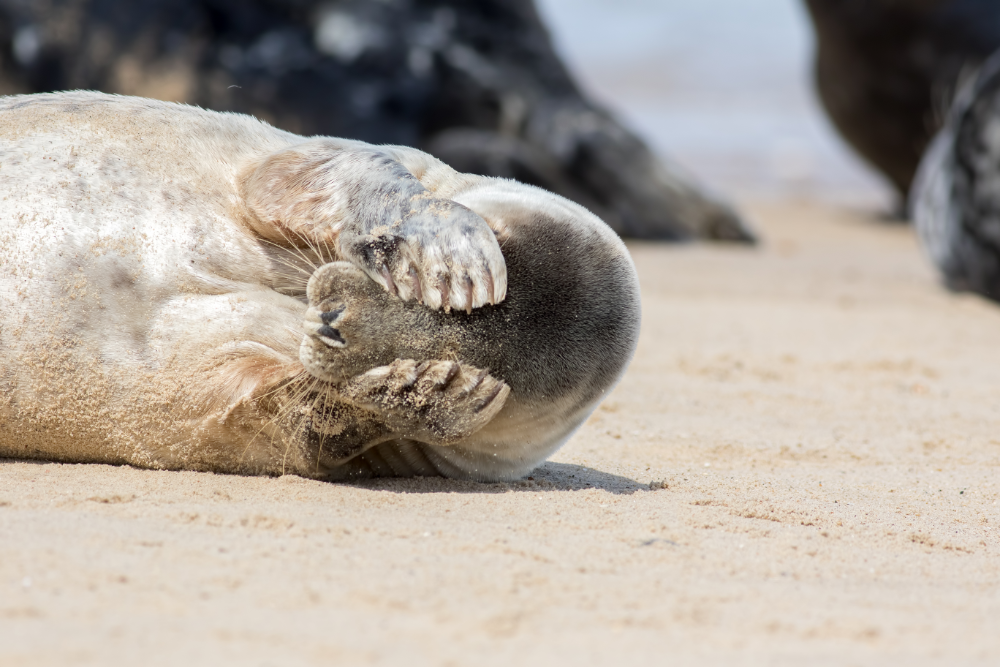
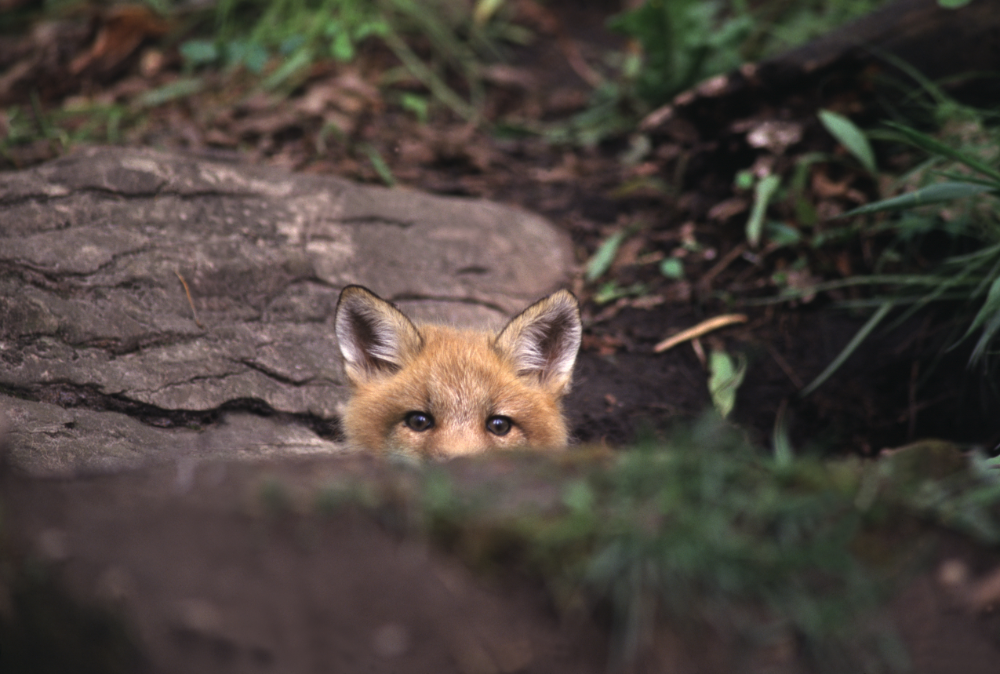
What animal has the best camouflage in the world?
Can a porcupine shoot its quills at predators?
Meet Quillow, our wonderful prehensile porcupine Animal Ambassador. Quillow has some pretty impressive adaptations: a tail and curved claws help her to climb trees with ease. And what about her sharp quills? Those can be used in self-defense. But can Quillow actually shoot her quills at a predator, or is that just a myth? Watch and find out!
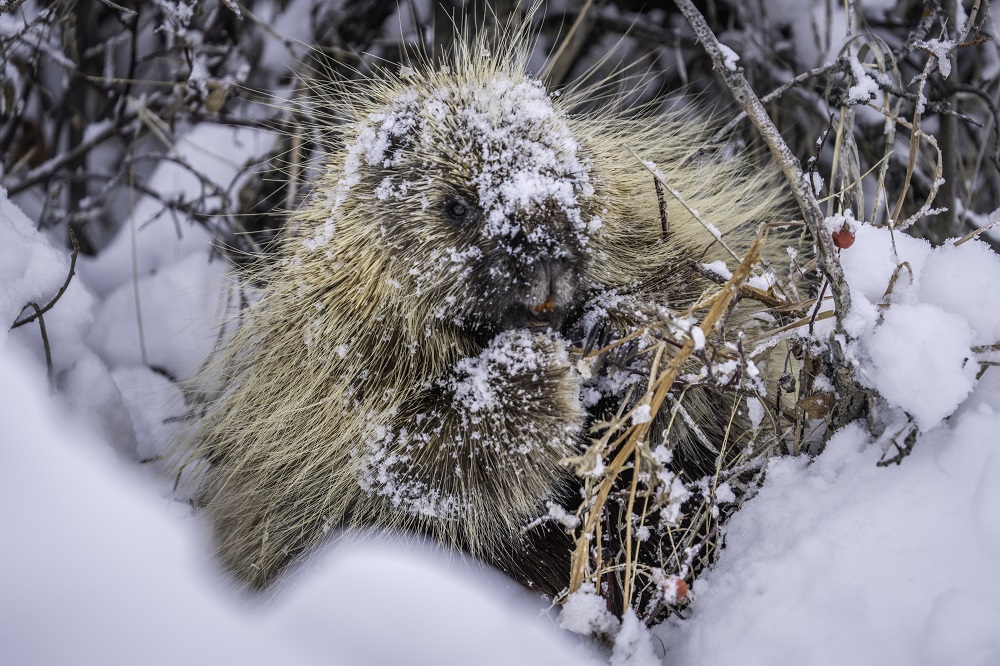
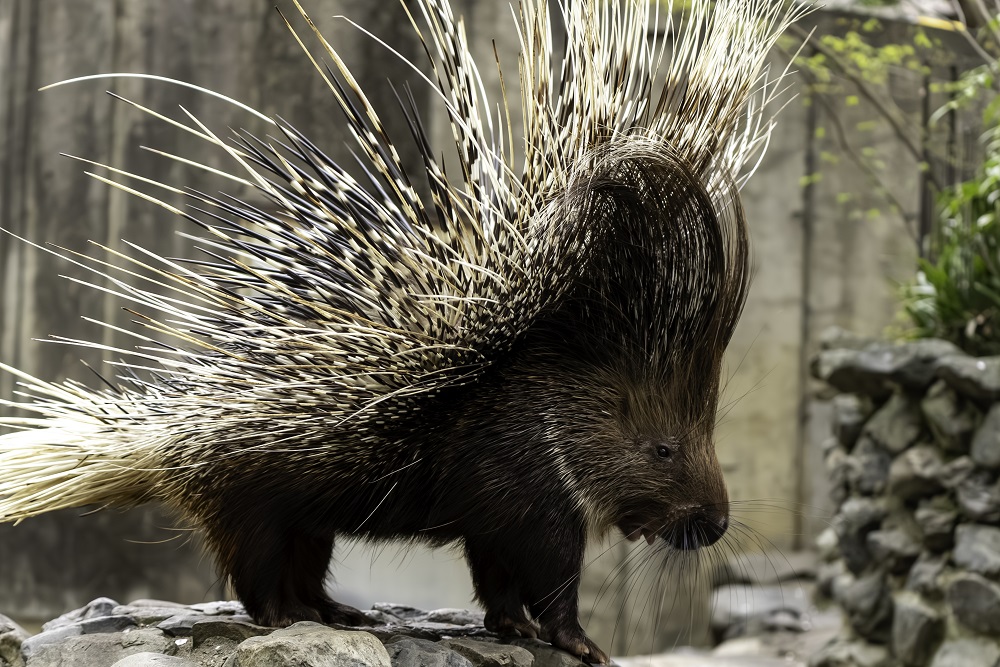
What animal adaptation would YOU like to have?
Top 10: Even Funnier Animal Jokes
What do you call a zoo that has only giraffes in it? How does a mouse feel after taking a shower? And what’s a frog’s favorite snack? Find out the hilarious punch lines to these jokes (and a whole lot more) in what might be our funniest top ten countdown EVER!
